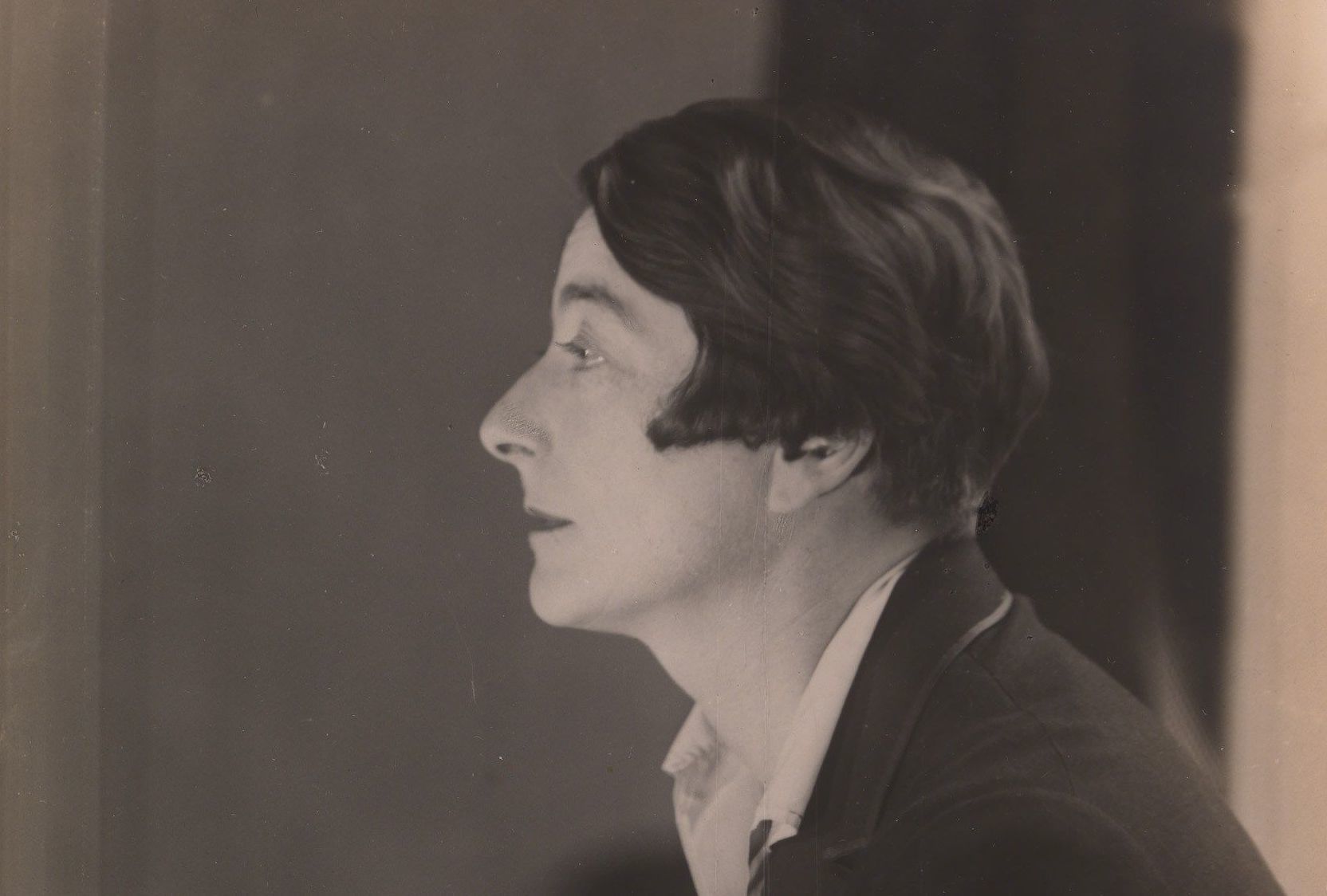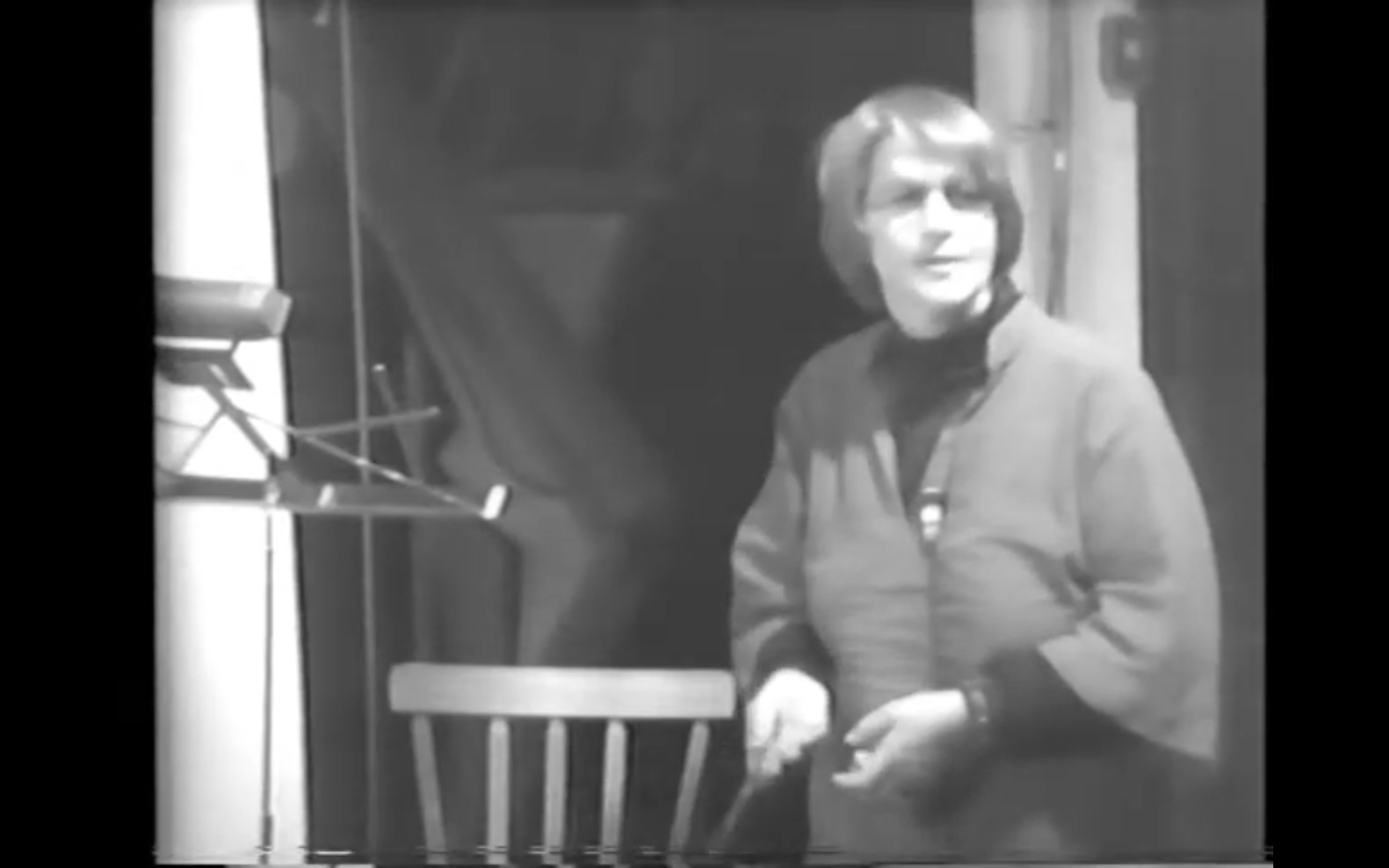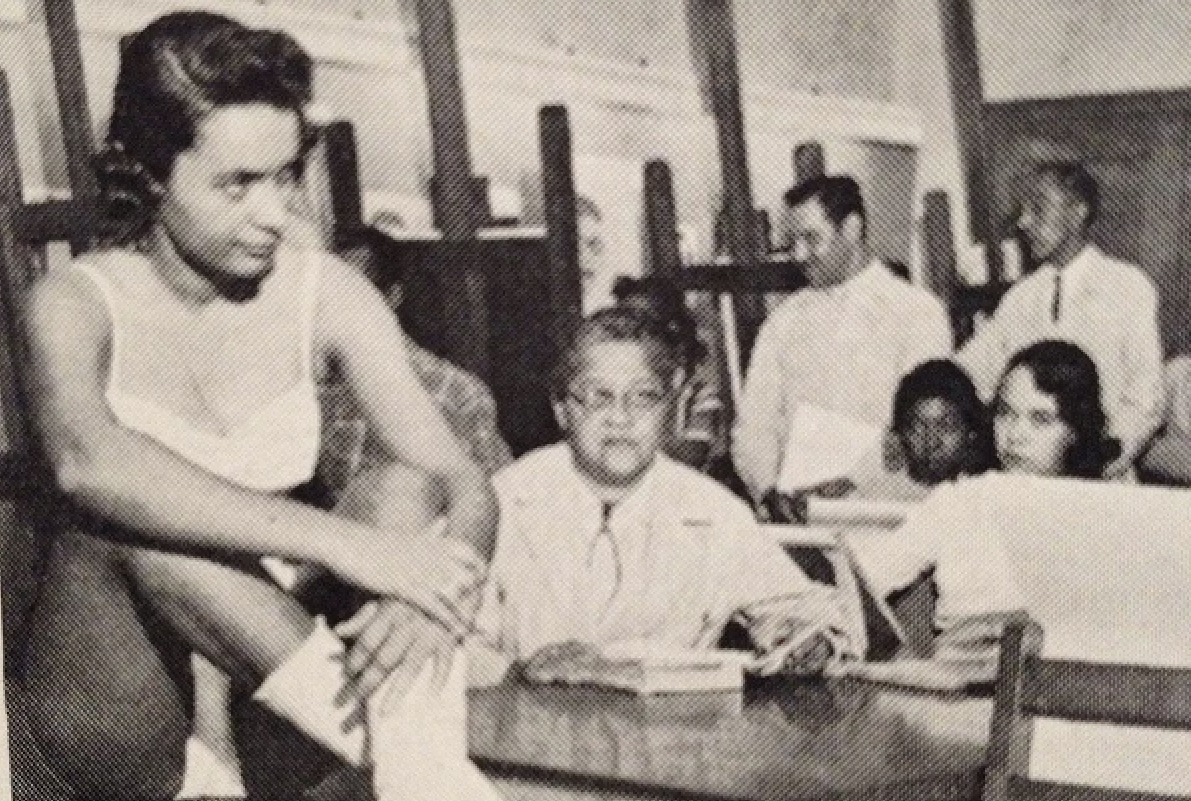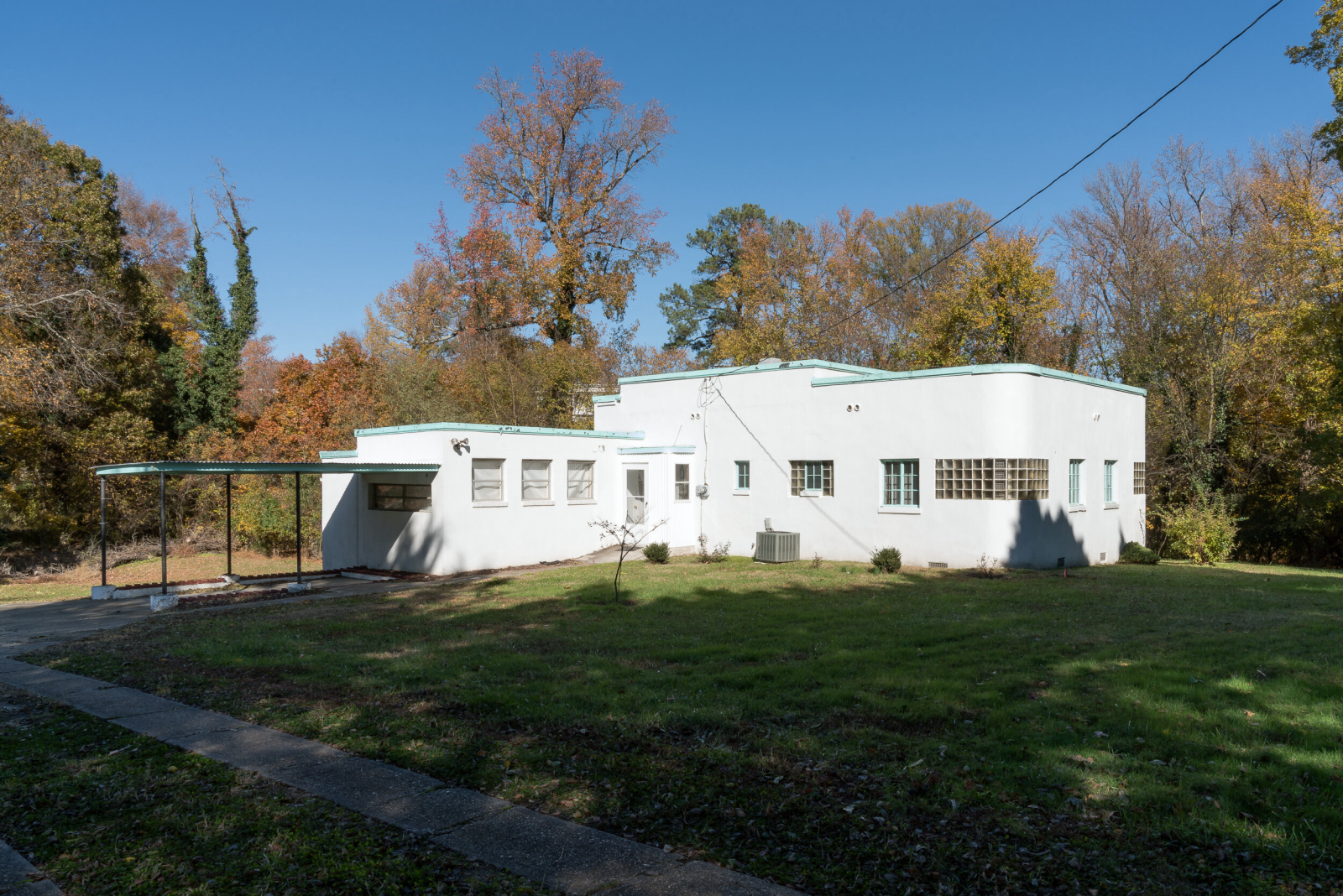Celebrating Present and Historical Queer Identities Through the Built Environment
Queerness/queer identity and space, as well as the politics thereof, have been inextricably linked for centuries. Raising LGBTQIA+ voices in the architecture community has become more critical than ever in the fight for equity within certain industries—especially those that have been historically and overwhelmingly cisgender, straight, White, and male—including, but not limited to, architecture and design.

By featuring several names whose ideas, accomplishments, and contributions have made indelible impacts to the field of architecture—while also considering some of the nuances and pitfalls of visibility endemic to cultural production—highlighting LGBTQIA+ figures making meaningful work is only one way to honor and express appreciation for generations of individuals largely excluded from the international conversation around the history of design.
Phyllis Birkby (1932 – 1994) was an architect, educator, and activist noted for incorporating feminism into her architectural style and practice. Upon concluding her studies at Cooper Union and Yale, Birkby both made and taught architecture and environmental design at several universities, including Pratt Institute School of Architecture, City College of New York, SCI-Arc, Cal Poly, and the University of Southern California.

After struggling to reconcile professional success with a repressed identity, in the 1970s Birkby came out as a gay woman and started exploring feminist theory as it related to architecture. She later became a founding member of the Alliance of Women in Architecture and co-founder of the Women's School of Planning and Architecture.
As an architect for Davis Brody and Associates, Birkby oversaw the design and construction for Waterside Houses, a residential development on the Hudson River, as well as the Long Island University Library-Learning Center in Brooklyn. In the subsequent decades, she was part of a team that engineered a renovation and reconstruction plan for Thu Duc Polytechnic University in Bien Hoa, Vietnam. Birkby continued on to work with Gary Scherquist and Roland Tso in California and the Gruzen Partnership and Lloyd Goldfarb in New York City.
In a 1980 filmed public lecture at SCI-Arc featuring Birkby and Alberto Bertoli, Birkby talks about her work on the library for Long Island University, as well as two other independent projects on Long Island. Birkby discusses the Women’s School of Planning and Architecture which she co-founded “to merge feminist values of the early 1970s with the essential role of design in creating physical and social environments,” describing the first two sessions of the program at Biddeford, Maine in 1975 and Santa Cruz in 1976.
In speaking on gender parity in architecture, Birkby wrote in a 1981 article for MS Magazine: "I am troubled that no matter how much rhetoric is expounded about equal rights and the full humanity of women, if the physical world we build does not reflect this, we speak in empty phrases.”

Amaza Lee Meredith (1895 – 1984) was an American architect, educator, and artist. As a biracial African American woman in the early twentieth century, she was not permitted to receive formal training as a professional architect. Undeterred, Meredith founded the art department and taught at Virginia State University (then called Virginia State College for Negroes), as well as created homes for many members of her inner circle.
In 1938, Meredith designed and built her opus, Azurest South, on the university’s campus, where she and her partner Dr. Edna Meade Colson lived until Meredith’s death in 1984. Lauded as a beacon of international style for its simple elegance, Azurest South is now listed in the Virginia Landmarks Register and National Register of Historic Places.

Eileen Gray (1878 – 1976) was an architect, furniture designer, and pioneer of Modernist architecture.
As a trailblazing designer and architect with a remarkable talent, Gray stood out as a woman in a male-dominated industry, who went relatively unacknowledged until the age of 94. She initially found recognition for her furniture designs which employed a specialized Japanese lacquer technique that she learned from master artist Seizo Sugawara.
Across her decades-long career as an artist and designer, Gray associated with many notable European architects and artists, including Adrienne Gorska, Kathleen Scott, Le Corbusier, and Jean Badovici. A precursor to Bauhaus, her most widely-regarded built work is the seaside cliff E-1027 estate in Roquebrune-Cap-Martin, France.
An openly bisexual woman, she socialized within the lesbian community at the time which included painter Romaine Brooks and singer Maria-Louise Damien, with whom Gray was romantically linked. Over the years, Gray spent gradually and significantly less time focused on her design work, so it was not until 1972 that she received fresh exposure by a new audience when Joseph Rykwert published an article in Domus Magazine on Gray’s life and work. Gray's legacy continues through a permanent exhibition at the National Museum of Ireland.
Learn about more noteworthy LGBTQIA+ architects.
SCI-Arc media focused on the intersection of queerness and design, LGBTQIA+ inclusion in architecture:
SCI-Arc’s Structural Actions to Promote Access, Inclusion, and Equity in Architecture
A Queer Query—SCI-Arc symposium on queerness in architecture (Channel collection)
Queer Architecture—SCI-Arc Channel collection featuring lectures, films, and more
Kappe Library Reading List for June—Selection of titles highlighting LBGTQIA+ authors and/or themes in design and architecture
Andrés Jaque on Queering Architecture